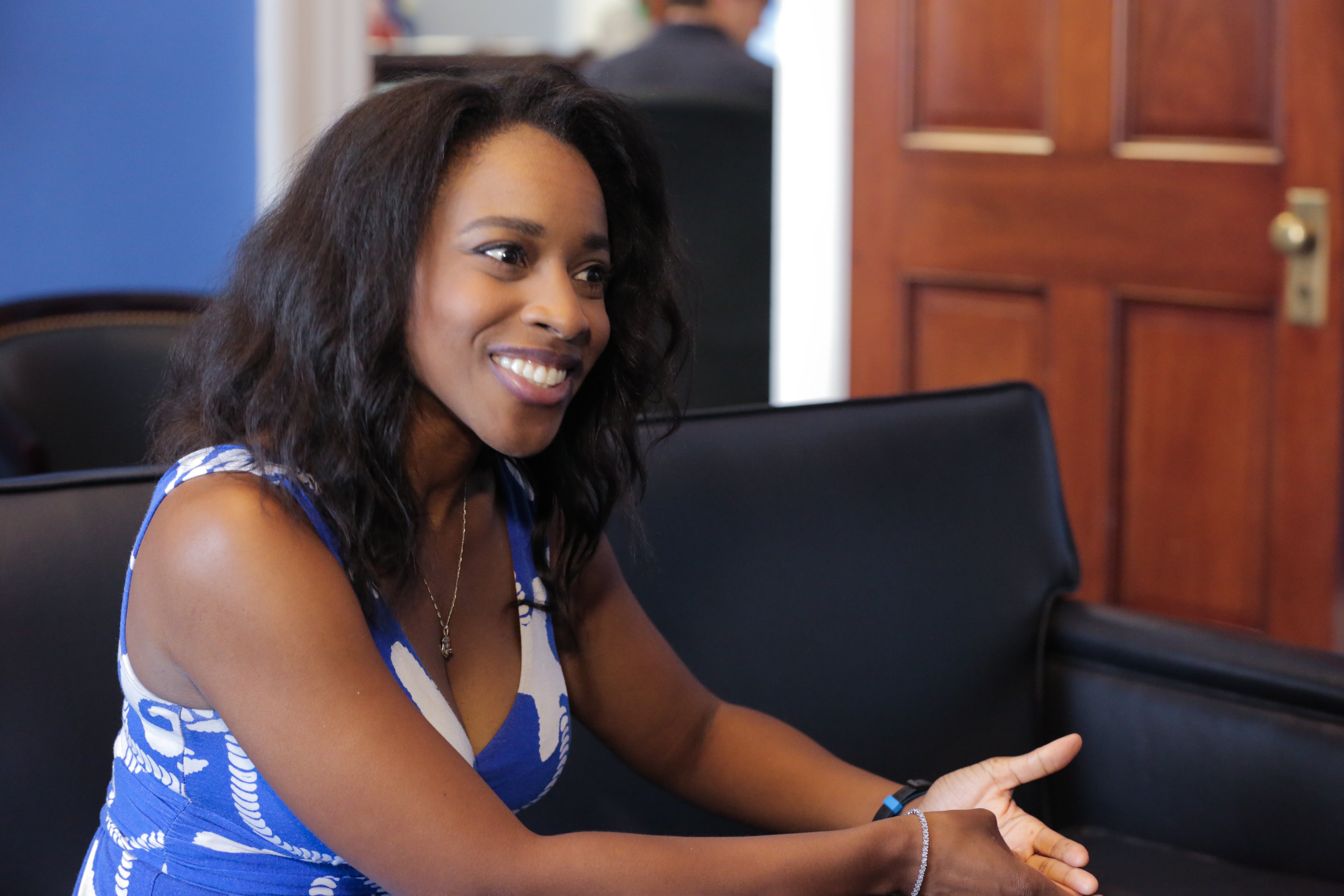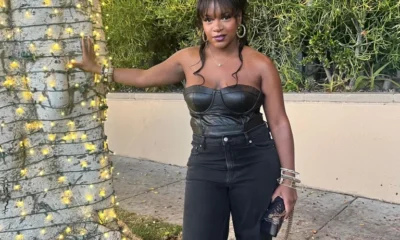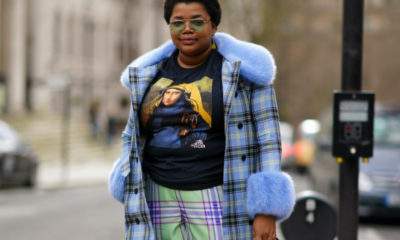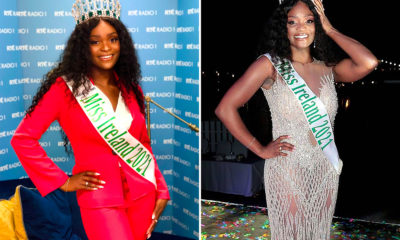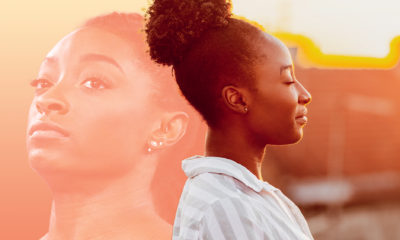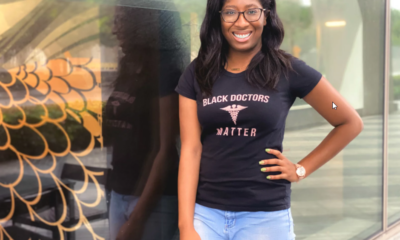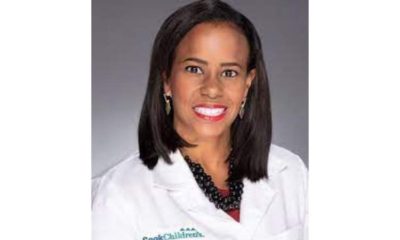Beauty and Health
Black Woman Shares Skin Cancer Survival Story: ‘Please Don’t Think It Can’t Happen To You’
Jacqueline Smith wants other Black women to know that melanoma isn’t just a white problem.
A cancer diagnosis was the last thing then 22-year-old Jacqueline Smith had on her mind. She was young, close to graduating from college and was confident that her future was bright.
But there was a sinking feeling that something wasn’t right.
“I had this lump in my bikini line that wouldn’t go away. I went to the doctor at school and was told that it wasn’t a big deal and that it was probably an ingrown hair. One doctor told me that I just had an inflamed lymph node and that if it wasn’t bothering me than I shouldn’t bother it,” Jacqueline Smith told HelloBeautiful in an exclusive interview.
While the New Jersey-native followed doctor’s orders and “left it alone,” she found it difficult to ignore that nagging voice that insisted to get it checked again. And that’s what she did when she moved back in with her parents after graduation.
Looking back, Jacqueline swears that was the best decision she’s ever made.
“My doctor at home took a look at it and said that I needed to see an oncologist, just as a precaution.”
Soon after, Jacqueline was given her results: She had stage-3 melanoma, the deadliest form of skin cancer, which is most often caused by ultraviolet radiation from sunshine or tanning beds.
When she heard those words, not only was she upset, she was also shocked.
“I kept thinking, ‘I am not a fair skinned middle aged woman! How is this possible? We don’t get skin cancer,’” she said. “I just couldn’t believe it.”
“I remember being in middle school and people telling me that I didn’t need sun screen because I was darker skinned.”
But Jacqueline isn’t alone: Too many Black women and women of color aren’t aware of our risks. Yes, our melanin gives us added protection from the sun’s rays, but it doesn’t render us exempt from developing skin cancer. And while melanoma is more common among whites than African-Americans, sadly, our health outcomes are worse.
According to Cancer.org, the five-year survival rate for African-Americans is 69 percent compared with 93 percent for whites. Experts believe this mortality gap is largely due to the fact that by the time African-Americans are diagnosed, their cancer is at an advanced stage (52 percent compared to 16 percent among whites), which makes it harder to treat.
Also add in the lack of access to health care and a dermatologist, and it’s no wonder why this racial health disparity continues to persist.
With the love and support of her parents, friends and faith, Jacqueline focused on the future and beating cancer.
“I grew up going to church and that’s helped me to not worry about what I cannot control.”
Her treatment included removing a lymph node and adopting a ‘wait and see’ approach after doctors confirmed that they didn’t detect any cancerous cells.
But three years later, Jacqueline noticed another lump in her groin.
“They were trying to be optimistic, but I had been down this road before. I knew what it was,” she said.
“They did a biopsy and told me that it was melanoma. I was devastated.”
This time around, removing a lymph node and adopting a ‘wait and see’ approach…
Please read original article – Black Woman Shares Skin Cancer Survival Story: ‘Please Don’t Think It Can’t Happen To You’



